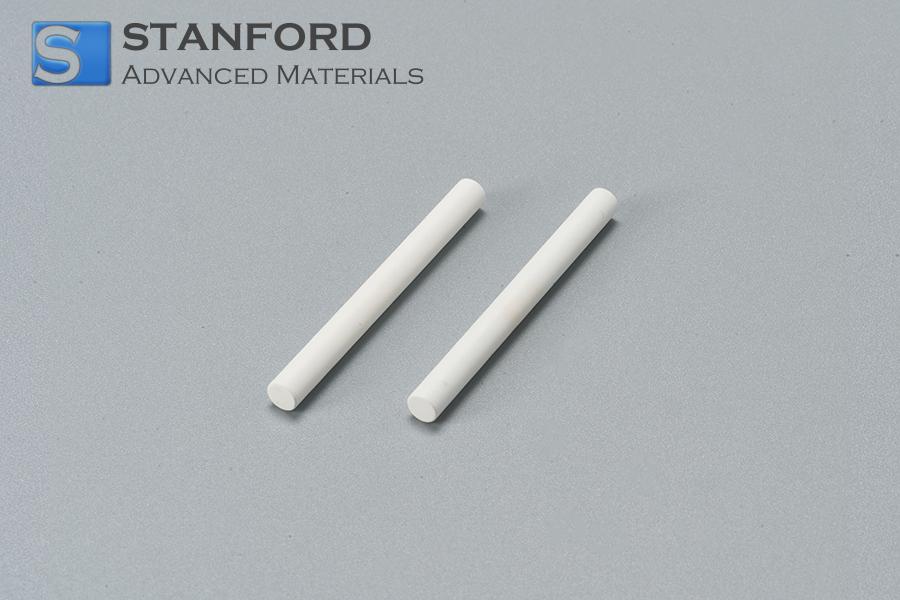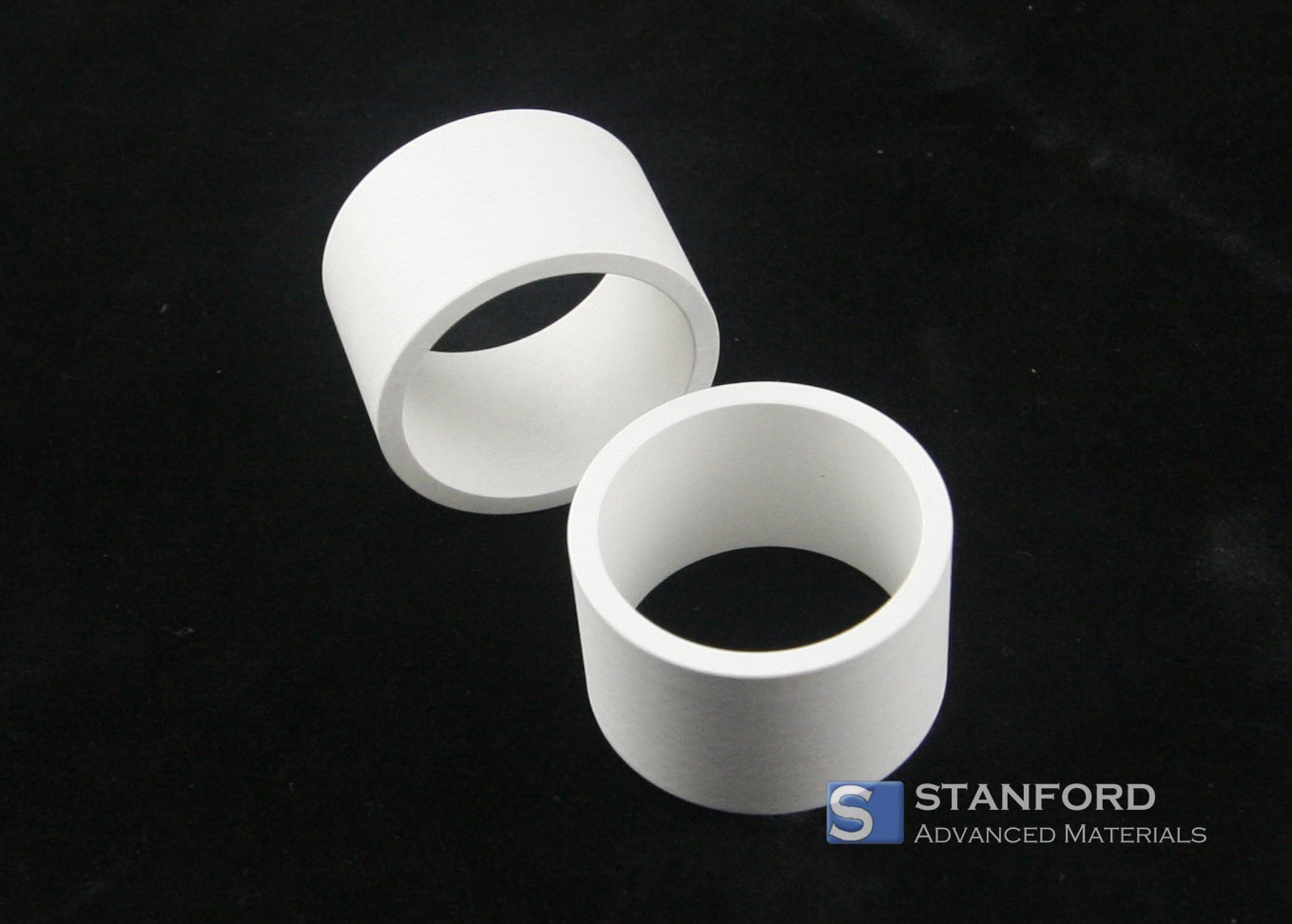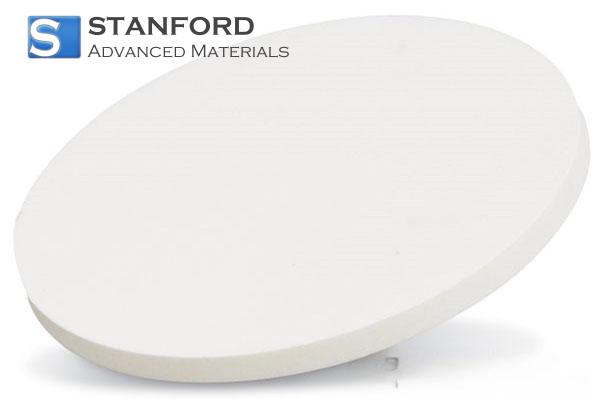How To Improve The Properties Of Tungsten Copper Alloy?
Wolfram-Kupfer-Legierung is an alloy composed of Wolfram and Kupfer, with a copper content typically ranging from 10% to 50%. The alloy is produced by Pulvermetallurgie and exhibits good electrical and thermal conductivity, high-temperature strength and a certain degree of ductility. This article examines how to enhance the properties of the Wolfram-Kupfer-Legierung.

Methods to improve the properties of the Wolfram-Kupfer-Legierung
At present, two principal methods are used to improve the properties of Wolfram-Kupfer alloys. One involves the production of ultra-fine Wolfram-Kupfer raw powder, and the other entails the enhancement of the compaction process for Wolfram-Kupfer composite materials.
- Preparation of Ultra-fine Wolfram-Kupfer Raw Powder
There are six main methods for producing ultra-fine Wolfram-Kupfer composite powder, namely mechanical alloying, the Sol-Gel process, spray drying, the oxid co-reduction process, mechanical-thermochemical synthesis and the precipitation method.
a. In mechanical alloying, tungsten and copper raw powders are milled in a high-performance ball mill. Control over the milling time and rotational speed produces refined raw material powders.
b. The Sol-Gel process produces Wolfram-Kupfer composite powder with uniform particle size, high purity and elevated surface activity. The process is straightforward and facilitates forming.
c. The spray drying method yields tungsten and copper oxide powders. A subsequent reduction process produces ultra-fine Wolfram-Kupfer composite powders.
d. In the oxid co-reduction process, tungsten and copper oxides are easier to mix and disperse than the base metals. The dispersed oxides are reduced, thereby producing ultra-fine and uniform Wolfram-Kupfer composite powders.
e. During mechanical-thermochemical synthesis, tungsten and copper oxide powders are mechanically alloyed in a ball mill and then reduced to form composite powders.
f. In the precipitation method, the liquid phase is used to precipitate a sediment. The precipitate is then subjected to calcination, reduction and other treatment steps to yield Wolfram-Kupfer composite powder.
In practical production, several methods are frequently combined to obtain ultra-fine Wolfram-Kupfer composite raw powders that meet the diverse requirements of manufacturing.
- Enhancement of the Compaction Process for Wolfram-Kupfer Composite Materials
To further improve the density and performance of Wolfram-Kupfer composite materials, compaction is carried out based on product type, shape and other properties. Currently, the primary processing methods are hot isostatic pressing, hydrostatic extrusion and warm forging.
a. Hot isostatic pressing eliminates defects such as voids and shrinkage cavities in the Wolfram-Kupfer composite material. This procedure utilises the ductility of copper and enhances material performance; however, it incurs high equipment costs and a lower processing rate.
b. During hydrostatic extrusion, a liquid medium is used to transfer pressure to the material. This method significantly increases the density, strength and conductivity of the Wolfram-Kupfer composite material.
c. Common forming processes such as warm forging and warm rolling also improve the properties of Wolfram-Kupfer alloys.
Conclusion
Thank you for reading this article. It is hoped that the information provided assists in understanding how to enhance the properties of the Wolfram-Kupfer-Legierung in a practical manner. For further information on Wolfram-Kupfer alloys and other Refractory Metals and alloys, please visit Stanford Advanced Materials for additional details.
Stanford Advanced Materials (SAM) is a global supplier of tungsten products with over two decades of experience in manufacturing and supplying tungsten. The company provides high-quality tungsten and Wolfram-Kupfer-Legierungen to meet the research and production demands of its customers. Consequently, SAM is expected to be a preferred supplier and business partner for Wolfram-Kupfer-Legierungen.

 Bars
Bars
 Beads & Spheres
Beads & Spheres
 Bolts & Nuts
Bolts & Nuts
 Crucibles
Crucibles
 Discs
Discs
 Fibers & Fabrics
Fibers & Fabrics
 Films
Films
 Flake
Flake
 Foams
Foams
 Foil
Foil
 Granules
Granules
 Honeycombs
Honeycombs
 Ink
Ink
 Laminate
Laminate
 Lumps
Lumps
 Meshes
Meshes
 Metallised Film
Metallised Film
 Plate
Plate
 Powders
Powders
 Rod
Rod
 Sheets
Sheets
 Single Crystals
Single Crystals
 Sputtering Target
Sputtering Target
 Tubes
Tubes
 Washer
Washer
 Wires
Wires
 Converters & Calculators
Converters & Calculators





 Chin Trento
Chin Trento



